On Monday November 11th, Somali special forces dealt a blow to Al-Shabaab, a Sunni jihadist group aligned with Al-Qaeda. This comes amid a spat of attacks carried out by Al-Shabaab to denigrate the Somali Federal Government's ability to provide security for civilians. Many attacks are targeted in Mogadishu, as it is where the Federal Government of Somalia is located and is the largest city in the country with a little over 2 million inhabitants. Furthermore, since 2023 Al-Shabaab has recaptured large swathes of territory in central Somalia signaling that the rank-and-file Somali troops and allied clan militias are ineffective at holding ground captured by Somali special operations sometimes in conjunction with US forces.
Al-Shabaab: A Short History
Al-Shabaab or "The Youth", has its roots based in the Somali Civil War since the 1990s. During this period a UN mandated multinational force headed by the United States intervened in the conflict in an attempt to quell fighting between coalitions led by various warlords and to provide much needed humanitarian assistance. One of these coalitions fighting against the UN force was Unity of Islam, known in arabic as al-Ittihad al-Islami (AIAI). The AIAI was a Sunni salafist group that declared they wanted to establish an Islamic state in Somalia in 1991. The AIAI received funding from Al-Qaeda under Osama Bin Laden, sympathetic Gulf businessmen, and allegedly Sudan.
In the early 2000s a rift began to form between older members of al-Ittihad al Islami and the more militant younger fighters. The "old guard" wished to consolidate its political power in the Somali government but the younger generation wished to create a "Greater Somalia" by force, which would be ruled through Islamic fundamentalism. Many of these younger fighters left AIAI (which would become defunct in 1997), and joined a group known as the Islamic Courts Union (ICU), serving as its youth wing; hence the name Al-Shabaab. The ICU was a collection of various Sharia judicial courts established in Mogadishu to address the lawlessness taking place within the city. In the summer of 2006 the ICU launched a major offensive which resulted in the control of almost all of southern and central Somalia.
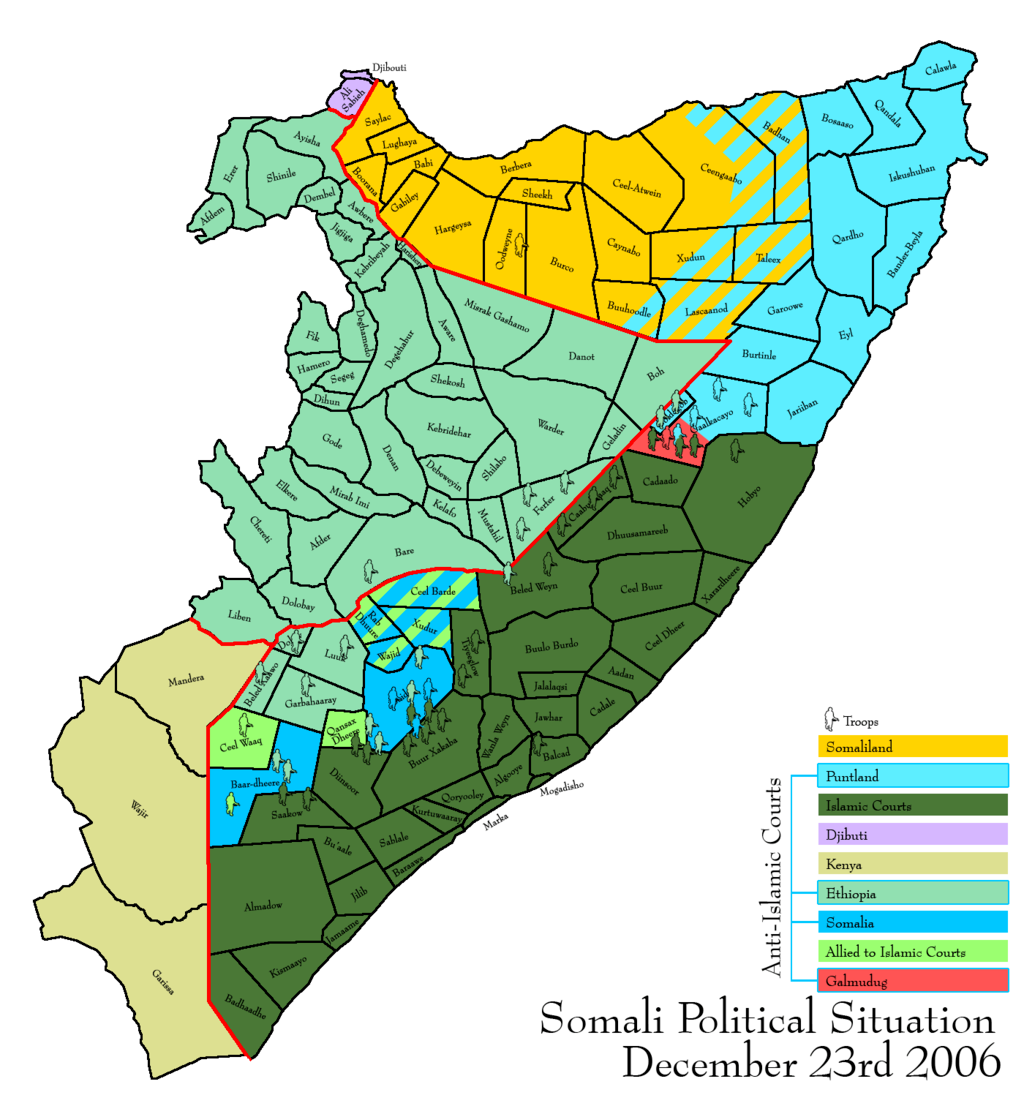
In response Ethiopia launched an intervention against the ICU to help the beleaguered Somali National Army (SNA) drive the ICU out of Mogadishu and southern Somalia only five months later in December 2006 . During the short amount of time the ICU ruled southern Somalia, it is reported that they were highly unpopular among the local population. In June of 2007 after the recapture of most of the ICUs territory the leadership of the ICU attempted to flee to neighboring countries, especially Kenya.
Al Shabaab's Evolution
After the dissolution of the ICU Al-Shabaab retreated to the far south of Somalia and began launching guerilla attacks on Ethiopian and Somali security forces. This guerilla warfare proved to be very effective and Al-Shabaab quickly took large swathes of central and southern Somalia, including parts of Mogadishu. In the same year the African Union (AU) entered Somalia in order to conduct UN sanctioned peacekeeping operations under the title African Union Mission in Somalia (AMISOM). In 2012 the new AQ leader, Bin Ayman Al-Zawahiri, announced that Al-Shabaab had officially joined the AQ movement. In 2022, the AMISOM force transitioned into the African Union Transition Mission in Somalia (ATMIS). This transition mission would begin to gradually transfer Forward Operating Bases (FOBs) from AU troops to SNA troops and began to incrementally withdraw troops from the country. Furthermore, the SNA is involved in more offensive operations in conjunction with AU troops. In 2022 this transition began quite successfully with Somali forces retaking large swathes of central Somalia from Al-Shabaab, although clan militias were a major reason for the success of the offensive.
Al-Shabaab had also attempted to expand into Ethiopia in the summer of 2022, taking advantage of the countries precarious situation to launch an invasion involving hundreds of Al-Shabaab militants and several technicals (pickup trucks with mounted machine guns and recoilless guns). The incursion didn't lead to any material successes for Al-Shabaab as the offensive was quickly stopped by Ethiopian security forces who then conducted dozens of airstrikes throughout August of 2022 on Al-Shabaab positions in Somalia. it is alleged that Al-Shabaab inflicted a significant death toll to Ethiopian forces, killing over 100 soldiers and police officers. Ethiopian military officials disputed this toll however and claim only 14 were killed. Since 2023, Al-Shabaab has also expanded into eastern Kenya but unlike in Ethiopia it seems that they have mainly stuck to cross-border raids over trying to hold any sort of significant territory. In June of 2023 Al-Shabaab conducted just as many attacks in Kenya as they did in Somalia. This has since declined, but was most likely due to pressure by the AU and SNA which forced Al-Shabaab closer to the border with Kenya.
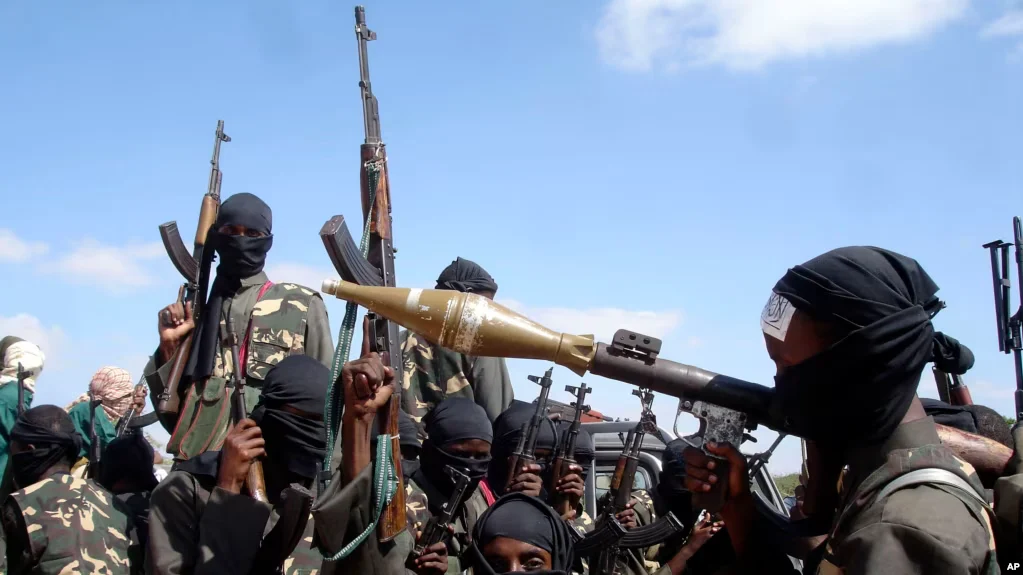
Al-Shabaab Gains Ground
In 2023 the gains made by the SNA in the offensive began to fade as Al-Shabaab counter-attacked Somali forces. This led to severe disruptions within the SNA, as well as an unravelling of the clan alliance that had helped the SNA in the initial push against Al-Shabaab positions. Several of which have been courted by Al-Shabaab. By playing off of Somalia's deliciate clan relations, Al-Shabaab can insert itself into inter-clan disputes by supporting one clan over another, gaining loyalty in the process. This is a common tactic that's been used by the group in order to swell its ranks. This also provides for greater resistance in villages and communities if government forces were to retake them as clans connected to Al-Shabaab would certainly hinder any attempt by the Somali government to provide services to residents, further growing distrust toward government forces.
In 2024, the situation has not progressed in the government's favor. Even despite receiving training from US Special Operations and support through drone strikes. Al-Shabaab continues to hold large areas of southern Somalia and has pockets of resistance in central and northern Somalia. One major reason for this is bias on the part of the Somali Federal Government (SFG) and its president since 2022, Hamza Abdi Barre. It has been alleged that he has sent significant amounts of SFG financial and military resources to his milita's from his clan, as well as militias loyal to high-ranking members of the government. This has led to more rival clan violence rather than constructive military gains against Al-Shabaab.
Since June of this year, the African Union began to withdraw over 4,000 troops from Somalia. This left the SNA in an even more precarious state and Al-Shabaab has taken full advantage of it by launching dozens of attacks on remote outposts, government officials, and civilian targets across central and southern Somalia since the beginning of the withdrawl. One of Al-Shabaab's most used tactics is the use of Suicide Vehicle Borne Improvised Explosive Devices (VBIEDs). Al-Shabaab utilitizes these in both civilian and military attacks. Throughout 2024 there have been several suicide bombings against civilians in Mogadishu. In military operations Al- Shabaab often intiaties an attack on remote SNA or AU outposts with a VBIED, killing and disorienting those inside; after which an infantry force storms the base.
Recent Somali National Army Gains
Al-Shabaab is said to have between 13,000-15,000 fighters at this time, however there have been several operations carried out by the SNA that have reportedly killed over a hundred Al-Shabaab fighters. On November 4th, Al-Shabaab conducted a mortar attack on the Mogadishu International Airport which killed two AU peacekeepers and injured one other. Symbolically, it is a major incident as most diplomatic offices are located at the airport including the EU, UN, AU, and several other foreign embassies. The attack is reported to be in retaliation for comments made by the current President of Somalia, Hassan Sheikh Mohamud; who proclaimed an "all out war" against Al-Shabaab. Following through with this promise, Somali forces have increased their number of operations against areas in which Al-Shabaab has influence or control primarily in central Somalia. There does seem to be early levels of success with two operations by the SNA against Al-Shabaab in October claiming to have killed 59 and 95 militants, respectively.
The Somali National Intelligence and Security Agency (NISA), functions as the Somali version of the American CIA. Under the current Mohamud administration the NISA has taken a more active role in the fight against Al-Shabaab such as dismantling financial networks and destroying Al-Shabaab logistics. The early morning November 11th raid was once such operation that destroyed a logistics cell of Al-Shabaab fighters in the town of Galcad, which is situated in central Somalia, in the region of Galguduud. Not much is known about the raid but it has been reported that 23 fighters of a clan allied to Al-Shabaab were killed in addition to three ammunition trucks being destroyed by NISA special forces.
Although the SNA has seen recent success in the last few months, it is difficult to see how these gains can progress into having full control over territory seized from Al-Shabaab. The SNA has shown that it can conduct offensive operations but once it loses the momentum its forces quickly lose ground. It also seems that military action alone cannot stop Al-Shabaab as the group has shown that it can adapt to pressure from the SNA and change tactics allowing the organization to survive, however diminished it is.




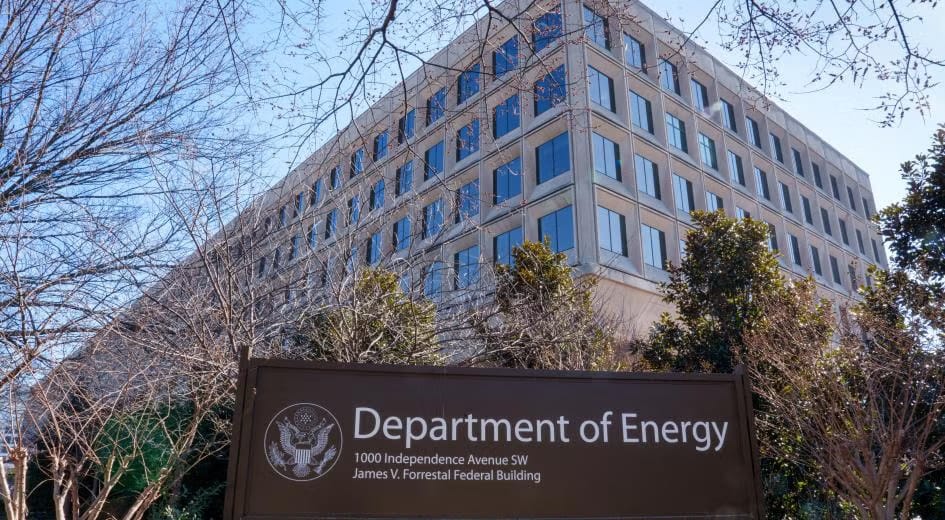

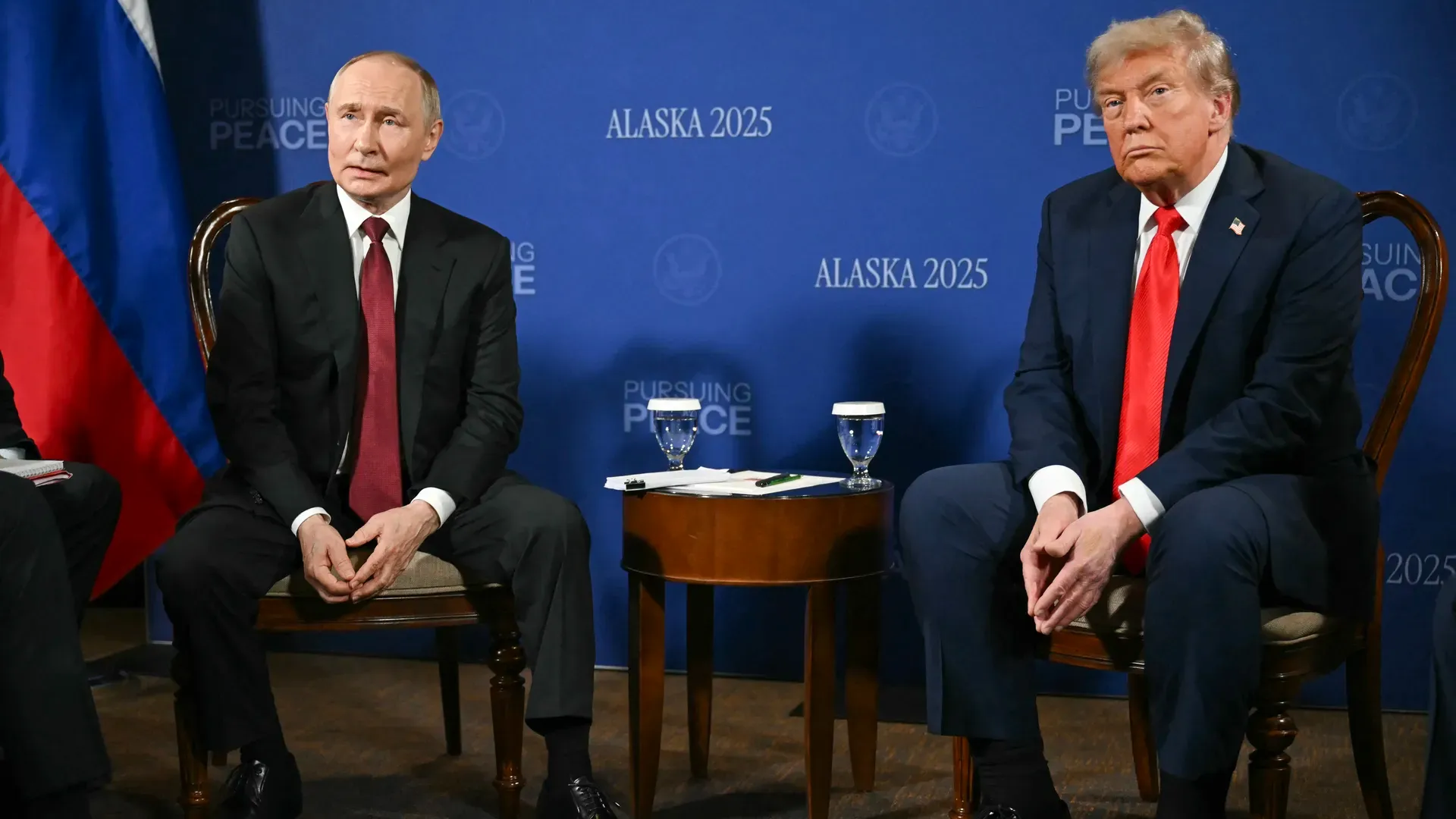
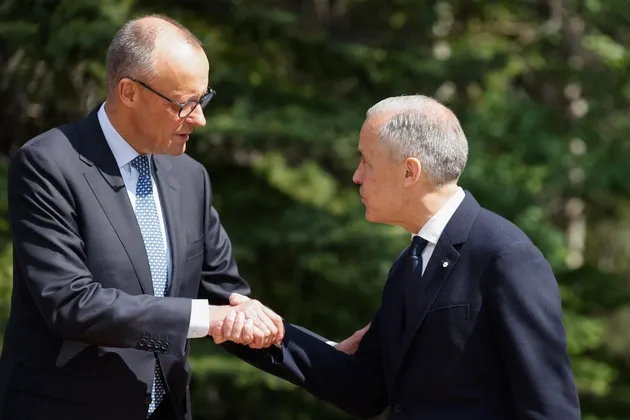
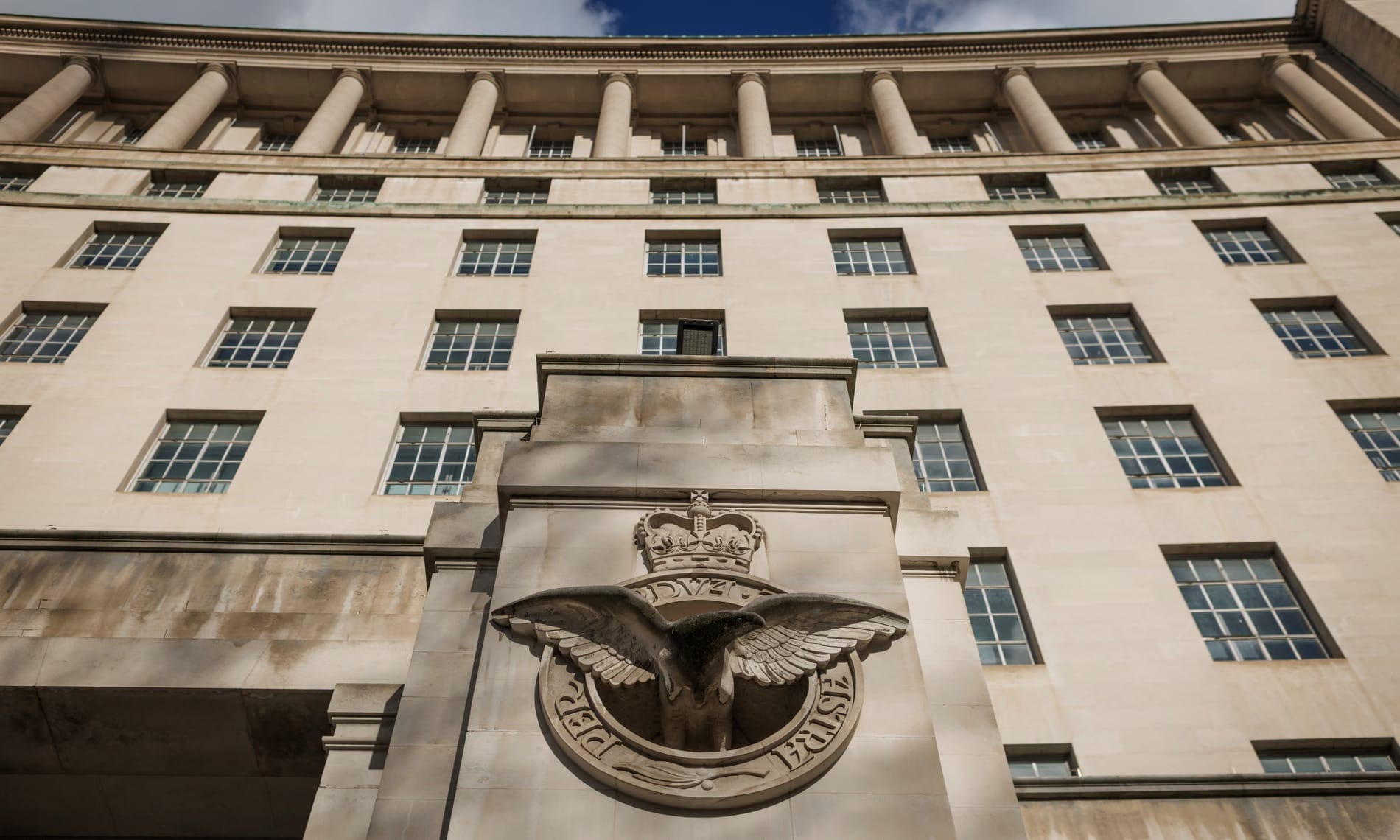



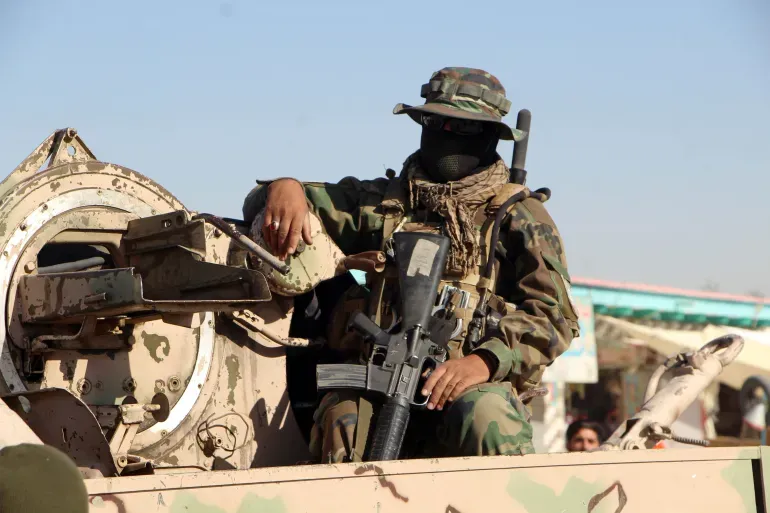
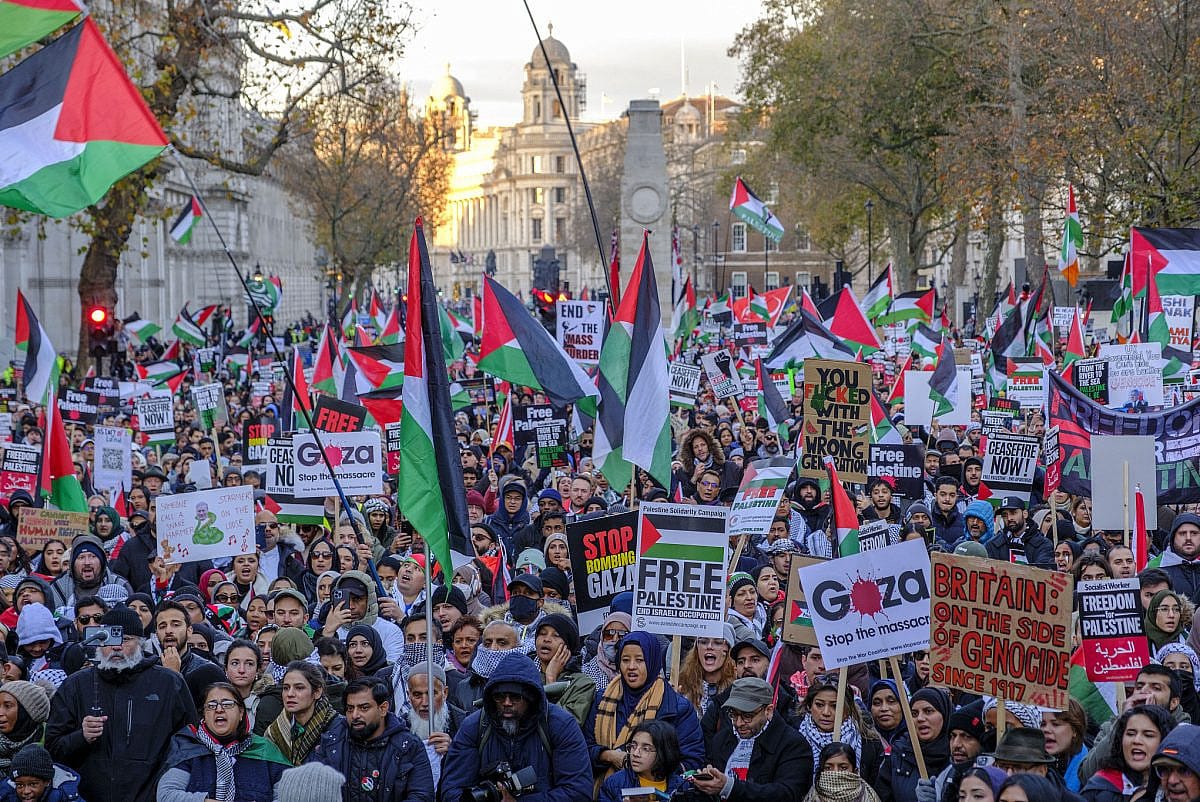
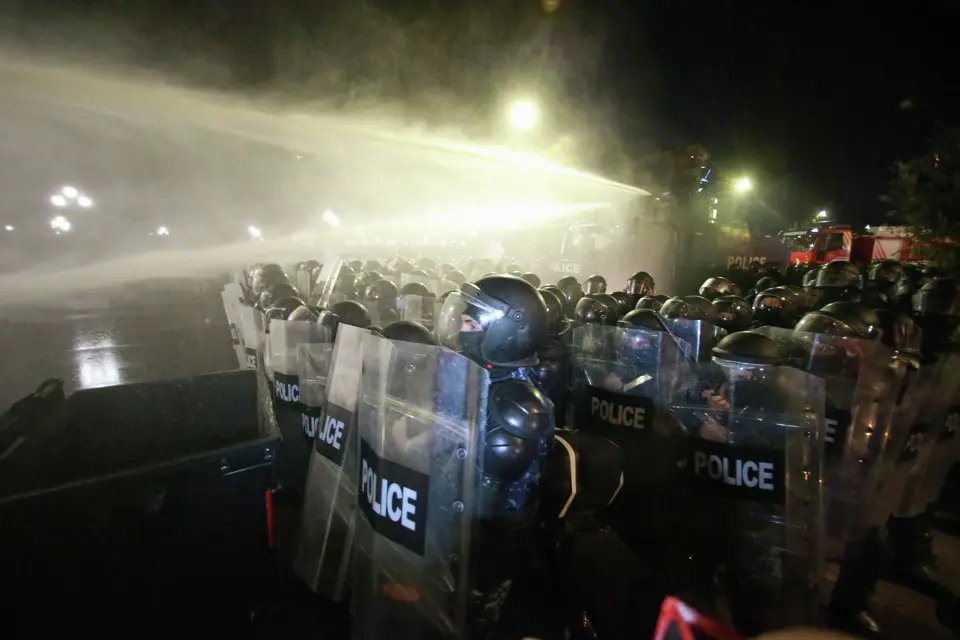
Discussion